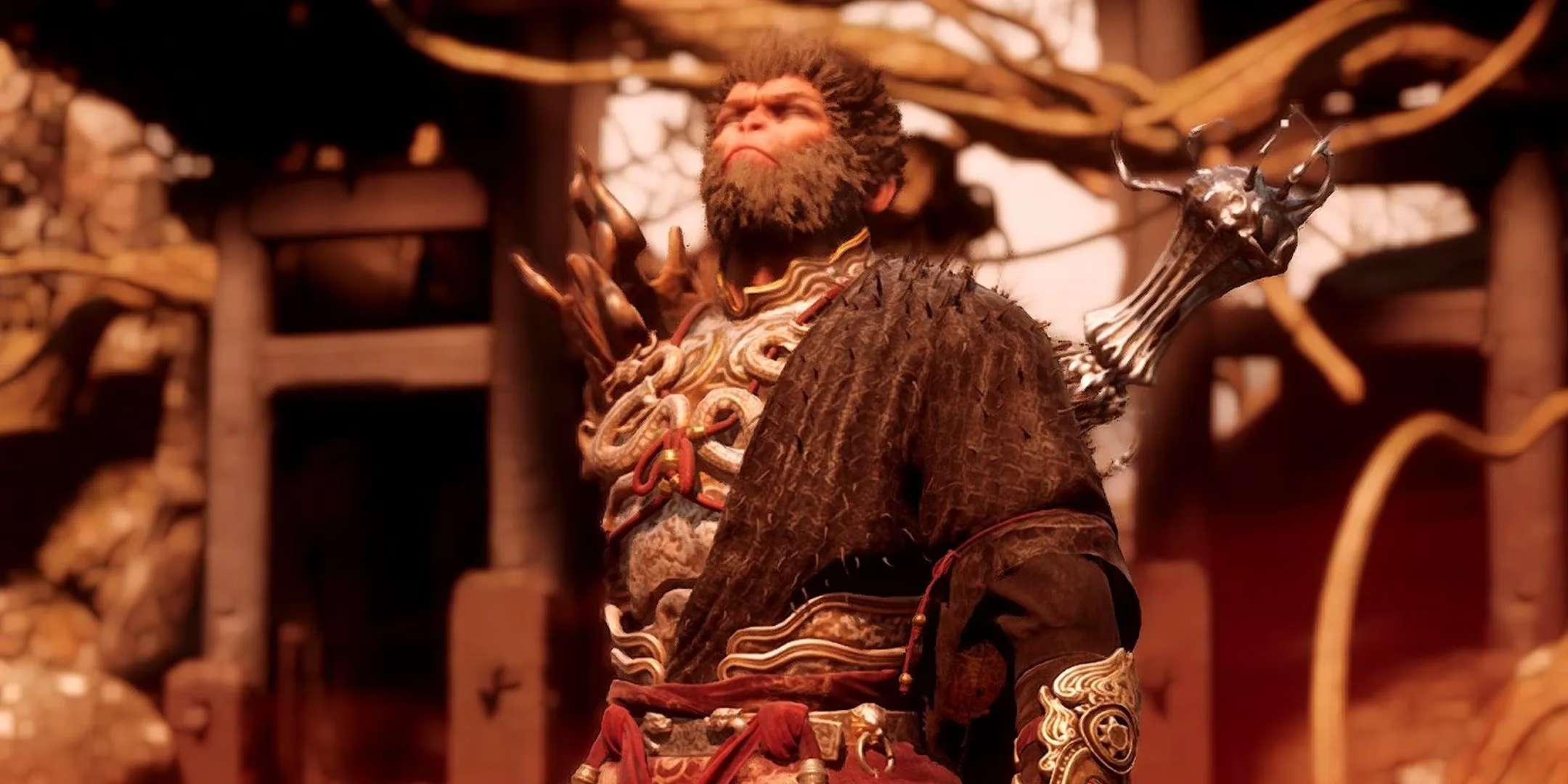When I first embarked on my journey through Black Myth: Wukong's breathtaking mythological world, I never imagined the game held such a profound secret right from the opening moments. As a seasoned Soulslike player who's conquered Elden Ring and Sekiro, I thought I'd mastered every movement technique possible. Yet here I was, completely oblivious to the hidden double jump mechanic that would fundamentally transform my combat approach and exploration tactics. The sheer excitement I felt when accidentally discovering this technique during my third boss fight - that euphoric moment when the Destined One unexpectedly pole-vaulted over a deadly swipe - still gives me chills. How could such a game-altering ability remain completely unmentioned in tutorials or skill trees?

🔍 Mastering the Hidden Technique
Executing this secret maneuver requires precise timing that becomes second nature with practice. Here's the simple yet genius sequence:
-
Initiate a standard jump
-
While airborne, press the heavy attack button
-
Watch as the Destined One plants his staff like a pole vaulter
-
Soar to unexpected heights!
The elegance of this move lies in its subtlety - that brief extra hang time creates precious milliseconds that often mean survival versus death. I've spent countless hours experimenting with variations:
-
Light attack mid-air → slight forward boost (perfect for narrow ledges)
-
Heavy attack → significant vertical gain (my personal lifesaver)
-
Directional input during execution → controlled aerial repositioning
What fascinates me most is how this fundamentally changes moment-to-moment combat flow. That split-second decision between dodging or double-jumping over sweeping attacks creates thrilling tension I've rarely experienced in other action RPGs.
⚔️ Combat Transformation
In the heat of battle against Black Myth: Wukong's terrifying bosses, this technique became my secret weapon. I recall facing the Duskveil Tyrant - a behemoth whose ground-shattering combos seemed unavoidable until I discovered:
| Technique | Best Use Case | Personal Success Rate |
|---|---|---|
| Standard Dodge | Horizontal attacks | 85% |
| Double Jump | Vertical slams/AOE | 97% |
| Transformation Evade | Tracking projectiles | 70% |
That extra air time does more than evade - it creates perfect counterattack opportunities. The downward heavy strike after a double jump delivers devastating impact, especially when targeting weak spots. I've developed entire combat styles around this rhythm:
-
Bait overhead attack
-
Double-jump evasion
-
Plunging counterstrike
-
Immediate transformation into swift form
-
Disengage before recovery
The fluidity possible once you master this sequence feels like choreographed combat ballet.
🗺️ Exploration Revolution
Beyond combat, this technique reshaped how I traversed Wukong's stunning environments. While developers designed areas for single-jump accessibility, the double jump reveals hidden pathways only visible from elevated perspectives. I've discovered:
-
Secret shrines tucked behind waterfall cascades
-
Lore scrolls on seemingly unreachable pagoda roofs
-
Hidden transformation orbs suspended above foggy chasms

That heart-stopping moment when a jump falls just short? The double jump's saved me more times than I can count, transforming potential plummeting deaths into graceful recoveries. Yet it's not without risk - mistiming it near cliffs has sent me tumbling more than I'd care to admit!
🛡️ Strategic Respite
My most valuable discovery? Using this technique for tactical repositioning during prolonged boss encounters. When facing the Inferno Mandrill's relentless 12-hit combo, I double-jumped to a narrow rock shelf just beyond his reach. That precious breathing room allowed me to:
-
Replenish health potions
-
Reassess attack patterns
-
Swap stances strategically
-
Mentally regroup
These micro-respites transformed impossible-seeming battles into manageable challenges. The technique works particularly well in:
-
Cliffside arenas with protruding rock formations
-
Ancient temple fights with crumbling pillars
-
Forest battles near giant tree roots
⚠️ Critical Limitations
Through painful trial-and-error, I've learned this technique isn't universally applicable. Key limitations include:
-
❌ Completely ineffective against tracking aerial attacks
-
❌ Leaves you vulnerable during staff-planting animation
-
❌ Cannot chain beyond single extension
-
❌ Terrain-dependent (requires solid surface below)
The most heartbreaking moment came during my Ironhide Rhino fight - attempting a showy double jump counter only to be swatted mid-animation like an annoying fly. Lesson learned: sometimes traditional dodging remains king.
💫 The Joy of Discovery
What makes this hidden mechanic so magical is how it embodies Game Science's design philosophy - rewarding observant players who experiment beyond surface-level mechanics. In an era of hand-holding tutorials, discovering this through pure gameplay felt like uncovering buried treasure.

Nearly a year after release, I still find new applications for this technique during my New Game+ runs. The double-jump's versatility continues to surprise me, whether I'm using it to:
-
Dodge environmental hazards like spreading corruption pools
-
Position myself for cinematic screenshot opportunities
-
Escape being surrounded by lesser enemies
-
Reach vantage points for scouting ahead
It's remarkable how such a simple, hidden technique can fundamentally alter one's relationship with a game world. That constant sense of discovery keeps me returning to Black Myth: Wukong's rich mythology again and again.
What seemingly minor mechanic in your favorite game completely transformed your entire playstyle when mastered?